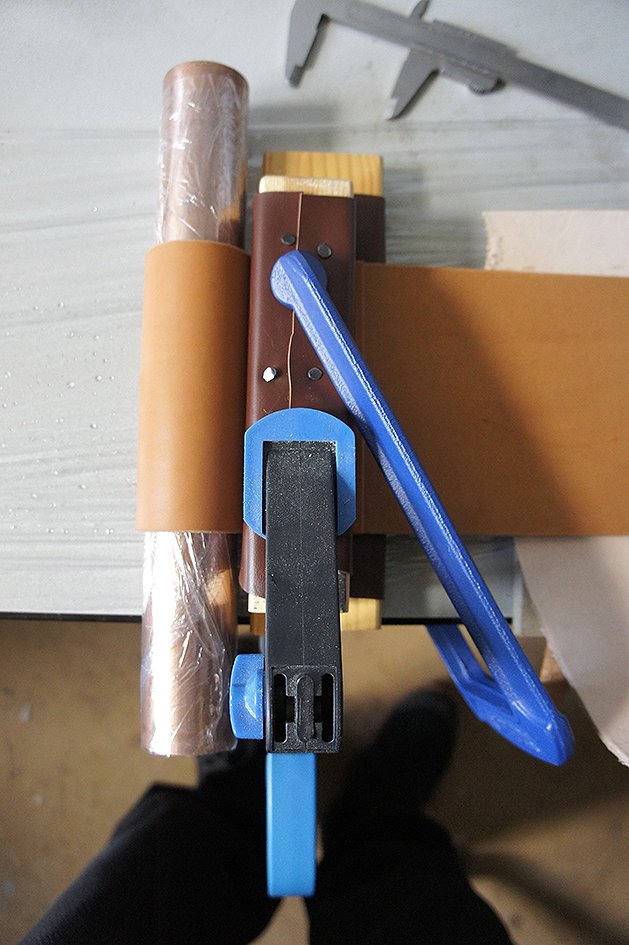Disrupted averages (Concept - Jonathan Kearney)
In the studio I have an hour or so.
Not long///
I have left items out on the desk from my last visit. I do it to provoke myself. It’s irritating and funny at the same time. Pieces of textured leather - favourite tools. It all makes me want to make things immediately - the materials speak, not a language I entirely understand but it is language none the less.
I hang some large watercolour paper I have plans for - been day dreaming about making huge black ink drawings. Bold and sensitive, ink dispersing to granular clouds of vapour.
My phone is a pain in the arse and kepis turning off ###
Disrupt your averages///
I tried to make something in a hurry tonight.
>>>>>>>>>>>>>>>>>>>>>>>>>>>>>>>>>>>>
I decide I have to make something in the next hour, using what I have collected or hoarded around me. This means working fast, the opposite of what I normally do, usually I take long, considering, measuring, crafting experimenting. This has to go out the window.
So I begin, I keep it simple. I take two pieces of wood cut the other day. I had plans for them, but I can always cut more. (I have a generous supply of old fence panel wood stashed in the corner). Playing with the two pieces in different arrangements I decide I want to join them somehow, I consider plaster but know this will take too long, instead I cut a small piece of leather with the intention to make a cuff to join them.
I’m already breaking my own rules by not sharpening my head knife first - it should cut in one or two passes - it takes too many and leaves slight double edge. I cringe internally and move on.
Then get annoyed an go back and clean it up, but quickly. Next I soak the leather to wet form it. I run it under a tap - ideally I’d leave it in a clean bowl of warm water and watch the bubbles ecstatically escape the back of the leather but again this all takes time. The skin takes long to relax under the cold water. Like me it's cold.
As I fold the leather around the wood and clamp it - I realise that it’s too small compositionally, intuitively I want a larger cuff - to have more presence. I should have seen this before I started.
Then I have a some realisations as the hour comes to a close///
I’m no way gonna finish in time.
I failed and that’s fine.
I will need to cut more leather and reform it and wait for it to dry.
Thats annoying ### It’s annoying as its wasteful, and is gonna cost me time and finance. Then it occurs to me that this is an issue for me. Like a big issue. I don’t like to waste anything, because I can’t afford to. I realise that historically I have always worked very carefully and methodically and meticulously. I thought it was because I liked well made work. (I do - but that’s not the point) It’s mostly because I’m afraid to make mistakes. I’ve learnt to work this way to not spend money or make errors.
I think about the maxim - the rich stay rich while the poor get poorer. (This week it was announced that the worlds 10 richest men have doubled their wealth over the past two years whilst more people have fallen into poverty).
I wonder if rich culture increases and advances, because it can innovate far quicker, it doesn’t need to conserve its resources. It can afford to waste a few prototypes, raw materials, money and make mistakes. Where as poorer cultures work must work carefully and methodically with the precious few commodities or compromise instead, still creative and innovative, but advancing at a slower speed.
I also realise:
All the work I've done is really useful and informative and it's ok to experiment and waste a little bit of leather. No time has been wasted but well spent exploring. It's informative.
So. interesting. I disrupted my average tonight and I saw something in myself, my practice and perhaps my culture.
IMAGES+++
My own

















































































